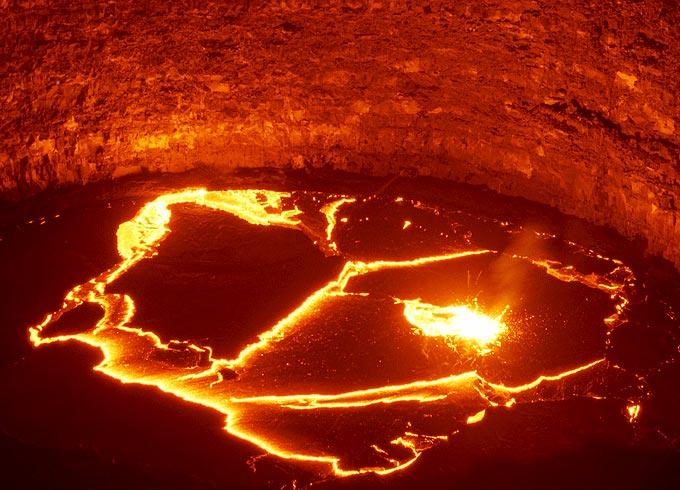Typical, really; no sooner do I put up this post about how we're going to have to wait a bit before Mars Express starts searching for water, than ESA goes and announces that it's found some.
Well, maybe. What they have found is a buried impact crater beneath the surface of Chryse Planitia, a fairly flat area in the northern equatorial region of Mars (it's in the centre of the map here).
These data are from some of the very first observations made by the MARSIS radar, when it was still approaching close to the planet at night. The image below shows the results of two different passes, separated by about 50 km, over the same region in Chryse Planitia. Note that the vertical axis does not measure depth but time: it is measuring the delay between the radar pulse being sent out and reflected radio waves being recieved back at the source (so the further down the screen it is, the more time has elapsed).
When the radar pulse encounters a boundary between substances with different physical properties, some of its energy is reflected back up to the orbiter; these boundaries show up as bright finges on the plot above. The first reflector is obviously the surface (which reflects a lot of energy due to the large contrast between Martian air and Martian rock) but some energy is clearly making into the subsurface. In both plots you can see a number of curved reflectors; these could represent a series of impact basins, although they look a little to me like multiple reflections (where upward reflected energy bounces around between the buried reflector and the surface one or more times before escaping). There is no sign of this structure on the surface, so it has clearly been filled with rock debris since it formed.
What's causing the excitement is the horizontal reflecting horizon seen in the second profile (at about 25 microseconds, which is about 2km, below the surface). One possibility is that this represents the upper boundary of a layer of water- or ice-rich material filling in the bottom of the crater. It's not the only possibility, but it does make some sense: Chryse Planitia is a relatively low area at the bottom end of a number of outflow channels, including those from Valles Marineris, which show evidence of water erosion.
So, interesting, but not conclusive, perhaps. Still, it bodes well for the future. I like this quote from New Scientist:
The most exciting part of this experiment is simply "that it works", says MARSIS co-leader Jeff Plaut of NASA's Jet Propulsion Laboratory in Pasadena, California, US.
It seems that no-one was sure if this thing would actually work. Interesting how that only comes out now that they've seen it does...







